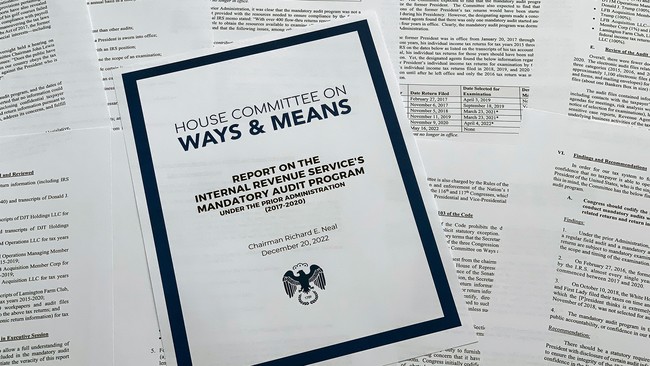
‘Tis the season for giving.
For me, that mostly means supporting charities.
One organization I donate to is SSP, Student Sponsor Partners, a nonprofit that gives scholarships to kids from low-income families. SSP helps children escape bad public schools by providing grants to students so they can pay the cheaper tuition at mostly Catholic schools.
I’m not Catholic, but I give to SSP because their schools are better than the dreary ones run by the bureaucratic unionized government monopoly. They do better for half the cost.
It feels good to give.
But wait.
Government already gives out more than a trillion dollars in welfare programs.
State governments add another $744 billion.
In total, we’ve spent $25 trillion on poverty programs since America declared “War on Poverty.”
Yet 1 in 10 Americans still live in poverty.
Some say the solution is simple: Spend more! Throw more money at the problem, and surely it’ll go away.
The World Institute for Development Economics says, “Welfare policies, such as cash transfers to the poor, unemployment benefits, child subsidies and universal health care … can break cycles of poverty.”
But $25 trillion later, why haven’t they?!
Because government handouts erode self-reliance.
Government programs push the message: “You need a handout. You deserve a handout. It is no longer up to you to support your families, neighbors or even yourself. It’s up to government.”
As a result, welfare programs are no longer a bridge to independence but a ball and chain that weighs recipients down. Welfare doesn’t equip people with tools to become self-sufficient. It rewards dependency.
For the first time in history, America has a near-permanent “underclass” — generation after generation that lives off government. Welfare discouraged self-improvement.
People avoid marriage lest they lose benefits. Able-bodied people avoid work so monthly checks from Uncle Sam remain untouched. Fathers are often kept out of the home, especially when welfare workers visit, to avoid cuts to benefits.
The solution? Giving … but not by government. By people like you and me.
This holiday season, I will also support the Doe Fund, an organization that helps former addicts and prisoners rebuild their lives through meaningful work.
Unlike government welfare, their approach isn’t built around handouts. They say, “Work works.” They encourage self-sufficiency.
Most Doe Fund recipients don’t go back to jail.
Charities aren’t a perfect solution, but they’re better than government welfare.
Charities get to choose whom they help. They can focus resources on those who genuinely need a hand while saying no to those who just need “a kick in the butt.”
Government doesn’t. Its one-size-fits-all approach means money flows out, regardless of whether it helps or not.
It’s important to remember that in both cases, it’s your money being spent.
But when you give to charities, you have the power to decide where your dollars go. You can support causes where your donations make a real impact.
Government, on the other hand, forcibly takes your money and routinely wastes it on people who don’t deserve it.
In America’s welfare system, 70% of the money doesn’t even reach the people it’s supposed to help; it goes to bureaucrats who run the programs.
Charities actually deliver most of their money to those in need. If they don’t, donors stop giving.
Charity handouts also come with expiration dates, which is a good thing. Since recipients know handouts are not guaranteed forever, they have an incentive to take responsibility for their own lives, sooner rather than later.
Government handouts have no such urgency. The checks keep coming.
Charities do a better job.
Every Tuesday at JohnStossel.com, Stossel posts a new video about the battle between government and freedom. He is the author of “Give Me a Break: How I Exposed Hucksters, Cheats, and Scam Artists and Became the Scourge of the Liberal Media.”










